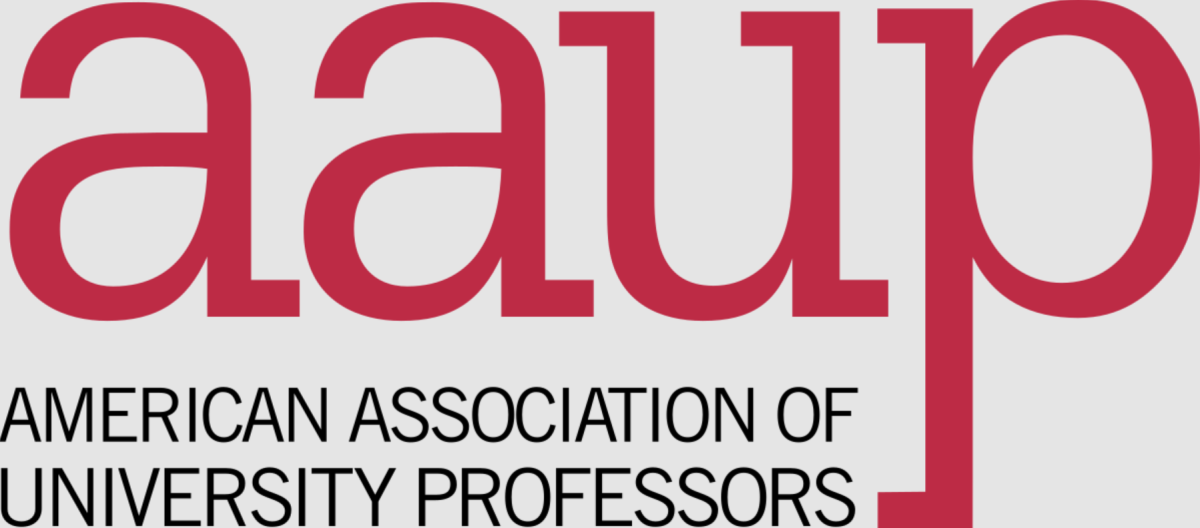According to a recent Technician news article, there is research that states that women and underrepresented minorities who work in science and engineering related fields are more likely to quit their jobs when they start as assistant professors. Further, these individuals often leave without tenure more frequently than men. The study was led by Marcia Gumpertz, an NC State statistics professor, who found that women and minority faculty in engineering left more than other faculty before their 10th year.
Close to 40 percent of women with engineering degrees either leave the profession, or never enter the field — mostly due to the male-dominated culture and workplace discrimination. Though the number of women entering the scientific fields has increased in the past decade, the fact remains that stereotypes and gender bias prevail. Even when women try to fight against preconceived notions, they are walking on thin ice. If they’re “too confident” and assertive, they may be viewed as hostile and unfit to work cooperatively.
Maybe it’s not just the professors in institutes and universities — from what I see in my classes, there are fewer female students than male students in higher engineering courses. Stereotypes about the academic abilities girls have in math and science and the fear of being judged by their male peers could affect their performance in these subjects. Societal norms can also be a factor; girls are not always encouraged by parents or teachers to pursue a career in STEM. This could cut off the interest in these classes right from the beginning.
Being a part of Women in Computer Science at NC State has opened my eyes to many of the challenges women face in the work environments. In one of our meetings, we watched a Ted Talk of Sheryl Sandberg, the chief operating officer of Facebook, talking about low numbers of women leaders in developing fields.
Sandberg gives an example of how sometimes, working women subconsciously start planning out their entire lives ahead of them. They decide when they will start a family, and how much time they will devote to caregiving. Due to all of these targets, they may hold themselves back from pushing themselves forward in their career — since they have to make time to take care of their currently nonexistent families. This may be one of the many reasons as to why there are fewer women in STEM, as it can be a demanding field to work in.
NC State also houses the Women in Science and Engineering (WISE) Village in Lee Residence Hall where first- and second-year women in STEM majors live with each other and share common interests or take similar classes. First-year students in the WISE program have an upper-class mentor who guides them in their adjustment and transition from high school to college. There are also academic resources provided like drop-in advising and tutoring in engineering courses like math and physics.
Hence, more and more institutions and workplaces are taking efforts like female-centered programs and scholarships to get more women on board. However, discouragement from society is a big enough barrier to stop that from happening. More often than not, female students are so convinced that they aren’t cut out for technical work, only because of biological inequalities between men and women, that they don’t even give themselves a chance.
Advancements in technologies happen when ideas are generated, so if we want more ideas, we need more people — so clearly, cutting women (or even men, for that matter) out doesn’t seem like the smartest way to go.














